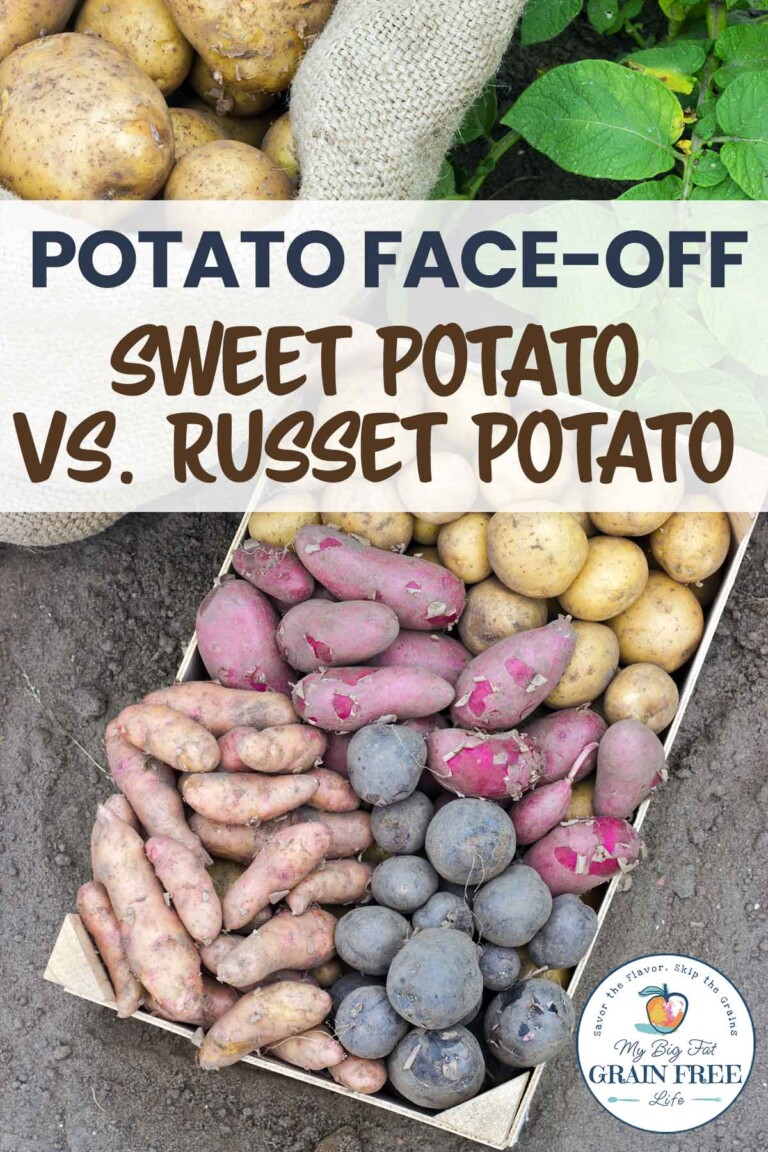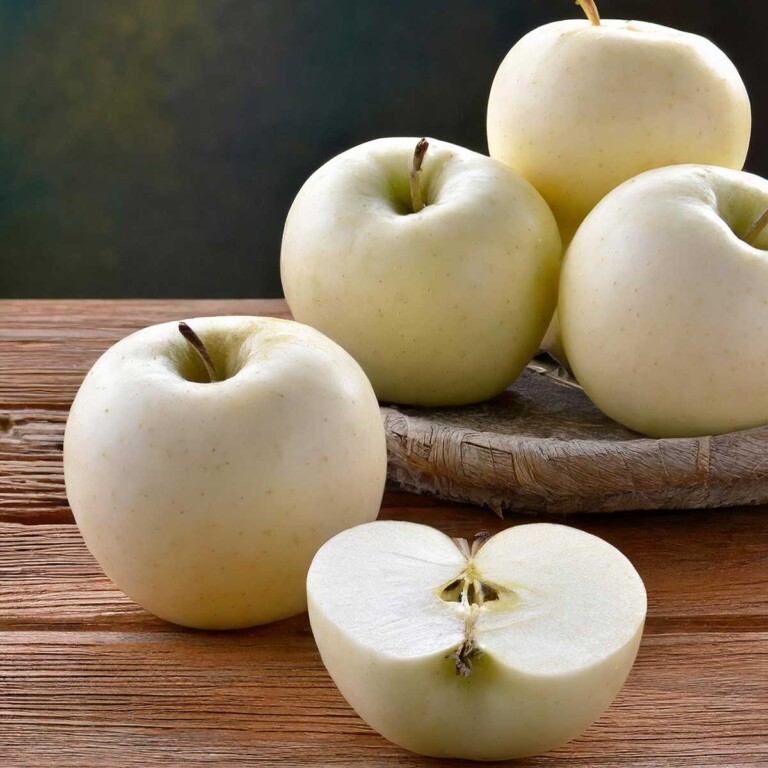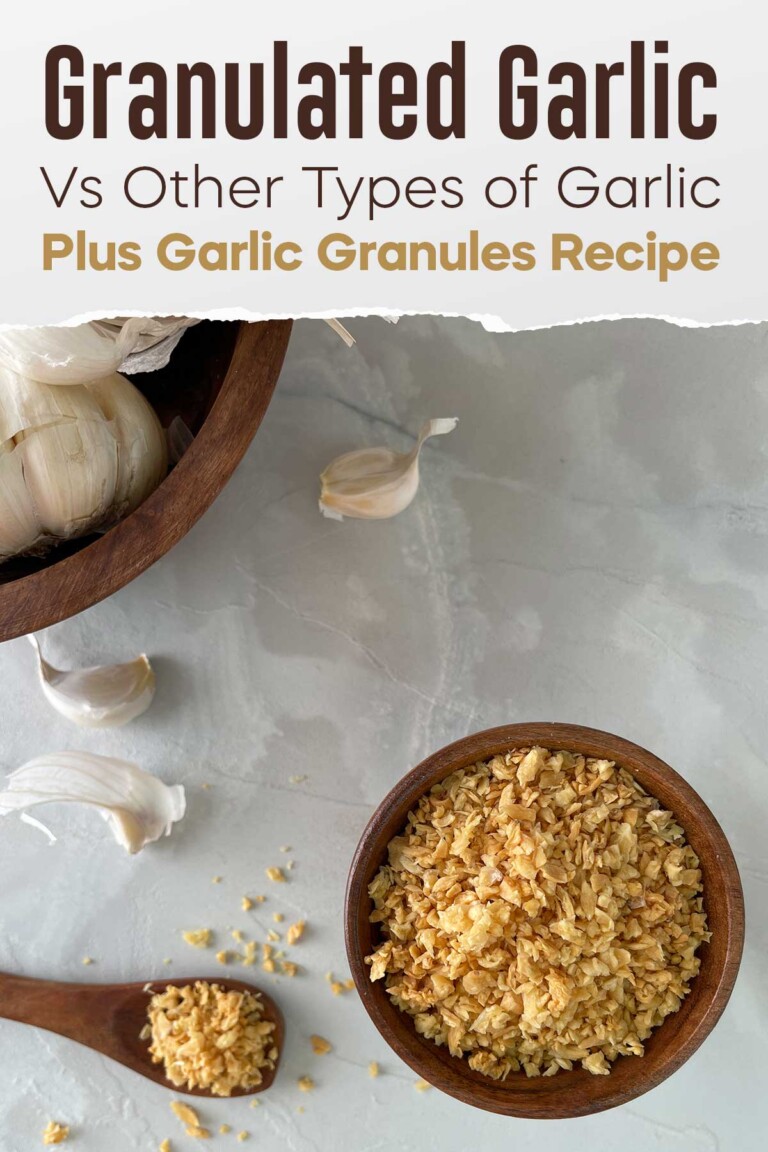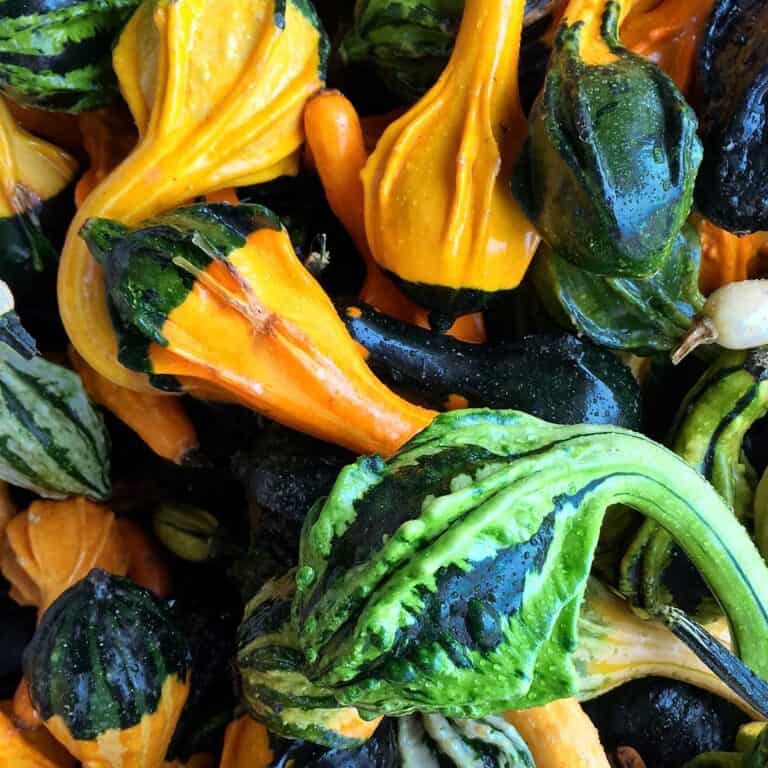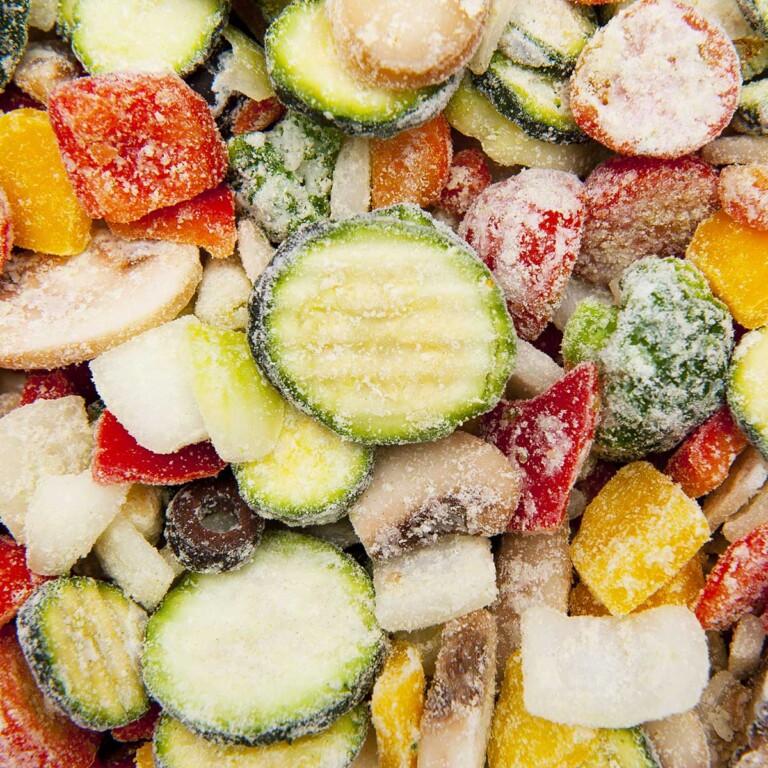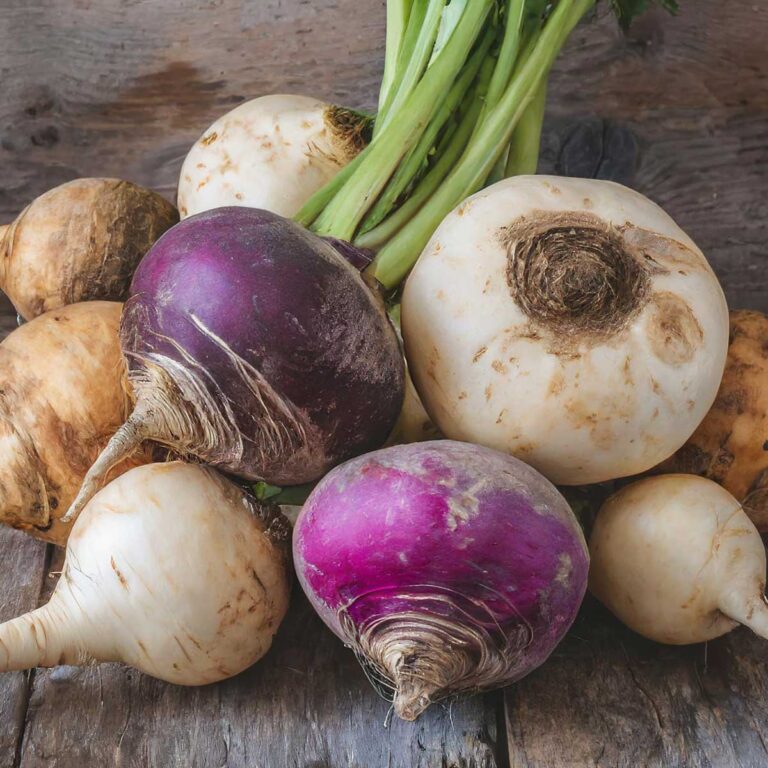What Are Cucamelons? How to Grow & Eat These Mexican Gems
This post may contain affiliate links. If you make purchase after clicking a link, I may receive a commission at no extra cost to you.
Last Updated on March 22, 2024
Cucamelons are a unique fruit that originates from Mexico and Central America. They may be small, but these little gems are bursting with flavor and offer a ton of health benefits. So let’s dive in and find out what cucamelons are, how to grow them, enjoy them, and why they’re a great addition to a healthy diet.

What are Cucamelons?
A cucamelon is a unique fruit that belongs to the cucumber family. These small, grape-sized fruits have a semi-hard rind and a crunchy texture. They look like a watermelon and taste similar to a cucumber, but with a more tangy flavor.
It is native to parts of Mexico and South America and has been cultivated since pre-Columbian times.
What Does a Cucamelon Taste Like?
Despite its resemblance to a watermelon, the flavor of a cucamelon is quite different. It has a tangy and refreshing taste, similar to a cucumber but with hints of lime juice.
What Makes Cucamelons a Superfood?
These little cuties are rich in vitamin C and other essential nutrients that make them a superfood. They also contain antioxidants that can help fight inflammation and support overall health. Incorporating cucamelons into your diet can be an excellent way to boost your nutritional intake.

Are Cucamelons Genetically Modified (GMO)?
No, cucamelons are not genetically modified (GMO). They are naturally occurring fruits that have been grown for centuries. So you can enjoy these grape-sized treats without any concerns about genetic modification.
Other Names for Cucamelons
Cucamelons go by various names depending on the region and culture. In addition to mouse melon and Mexican sour cucumber, they are also referred to as lilliputian watermelons, Mexican sour cucumbers, Mexican miniature watermelons, Mexican sour gherkin cucumber, pepquinos, baby watermelon, or even sandia de ratón in Spanish.
Whatever name they go by, these little watermelon looking fruits are tiny, about the size of a grape.
Cucamelon Nutrition
This one-inch fruit has an impressive nutritional value:
- Vitamin C: Cucamelons are a good source of vitamin C, which helps boost the immune system and supports collagen production.
- Vitamin A: These tiny fruits also contain vitamin A, which is essential for healthy vision and skin.
- Potassium: Cucamelons are rich in potassium, an electrolyte that helps regulate blood pressure and maintain proper muscle function.
- Calcium: They also provide calcium, which is important for strong bones and teeth.
- Beta-carotene: Cucamelons contain beta-carotene, an antioxidant that protects cells from damage caused by free radicals.
- Lycopene: These fruits also contain lycopene, another powerful antioxidant that has been linked to reduced risk of certain cancers and heart disease.
- Quercetin: Cucamelons are a high quercetin food. Quercetin is a flavonoid with anti-inflammatory properties that may help reduce the risk of chronic diseases.
- Fiber: Cucamelons are a good source of dietary fiber, promoting healthy digestion and aiding in weight management.

Health Benefits of Cucamelon
Take a look at these impressive health benefits of this tiny edible fruit:
Hydration
Cucamelons have a high water content, which helps keep you hydrated throughout the day.
Low in Calories
They are a great snack option for those who are watching their calorie intake.
Rich in Vitamins
Cucamelons contain vitamins A, C, and E, which support overall health and immune function.
Antioxidant Powerhouse
These little fruits are packed with antioxidants that help protect your cells from damage caused by free radicals.
Boosts Digestion
The fiber content in cucamelons aids in smooth digestion and helps prevent constipation.
Helps Regulate Blood Pressure
The potassium in cucamelons can help lower blood pressure levels and reduce the risk of cardiovascular diseases.
Supports Weight Loss
Due to their low-calorie content and high water and fiber content, cucamelons can aid in weight management.
Improves Eye Health
The vitamin A present in cucamelons promotes good vision and prevents age-related macular degeneration.
Enhances Skin Health
The antioxidants found in cucamelons help fight signs of aging, keeping your skin healthy and glowing.
Anti-inflammatory Properties
Cucamelons contain compounds that possess anti-inflammatory effects, reducing inflammation in the body.
Supports Bone Health
The calcium content in cucamelons contributes to maintaining strong bones and teeth.
Boosts Immunity
Vitamin C in cucamelons strengthens the immune system, helping your body fight off infections and illnesses.
Provides Energy
The natural sugars present in cucamelons provide a quick energy boost without causing a spike in blood sugar levels.
Promotes Heart Health
Cucamelons are low in cholesterol and saturated fats, making them heart-friendly foods.

Aids Detoxification
The high water content of cucamelons helps flush out toxins from the body, promoting overall detoxification.
Supports Brain Health
The antioxidants in cucamelons may help protect brain cells from damage and improve cognitive function.
Anti-cancer Properties
Some compounds found in cucamelons have been studied for their potential anti-cancer effects.
Improves Gut Health
Cucamelons contain probiotics that promote a healthy balance of gut bacteria, improving digestive health.
Natural Diuretic
Cucamelons have diuretic properties that can help flush out excess water and reduce bloating.
Stress Relief
The refreshing taste and crunchy texture of cucamelons can provide a satisfying snack that helps relieve stress.
How to Eat Cucamelons
The best way to enjoy cucamelons is by eating them fresh. Simply rinse them under running water and pop them into your mouth whole. You can also slice them and add them to salads or use them as a garnish for cocktails. The possibilities are endless!
Where to Find Cucamelons
Cucamelons can be found in some local grocery stores, but your best bet is to look for their seeds in a seed catalog or online. You can grow your own cucamelons from seeds and enjoy the satisfaction of harvesting them from your garden (see growing details below).
If you don’t want to grow your own cucamelons and cannot find them at your local grocery store, try a farmer’s market.

How to Grow Cucamelons
To successfully plant and grow cucamelons, follow these steps:
- Choose a sunny location: Cucamelon plants thrive in full sun, so select a spot in your garden that receives at least 6-8 hours of direct sunlight each day.
- Start with cucamelon seeds: Purchase cucamelon seeds from a reputable seed catalog or online supplier. Sow the seeds directly into well-drained soil after the risk of frost has passed.
- Watch for female flowers: Cucamelon plants produce both male and female flowers. Look out for the female flowers, which have a small fruit attached to them. These are the ones that will eventually grow into cucamelons.
- Protect against powdery mildew: To prevent powdery mildew, provide your cucamelon plants with partial shade during hot summer afternoons.
- Use 4-inch pots for seedlings: If you’re starting from seedlings, plant them in 4-inch pots filled with well-drained soil. Keep them indoors until the danger of frost has passed.
- Transplant into garden beds: Once the growing season is underway and there’s no longer a risk of frost, transplant your cucamelon seedlings into a prepared garden bed with well-drained soil.
- Provide support structure: As cucamelon vines can grow quite long, it’s essential to provide them with a sturdy support structure such as trellises or fences.
- Water regularly: Cucamelon plants have shallow roots and require consistent watering throughout the growing season. Provide about an inch of water per week, ensuring the soil remains moist but not waterlogged.
- Fertilize lightly: Apply a light fertilizer to your cucamelon plants once every few weeks during the growing season to promote healthy growth.
- Protect against cold weather: Keep an eye on the weather forecast and be prepared to cover your young plants if there’s a risk of frost.
- Harvest cucamelons in late summer: Cucamelons are ready to harvest when they reach about the size of a grape. Simply twist or cut them off the vine.
- Consider container gardening: If you live in colder climates or have limited garden space, plant your cucamelons in a large pot that can be moved indoors during cold weather.

How to Choose Cucamelons to Purchase
When purchasing cucamelons, look for firm and ripe fruits with no signs of mold or soft spots. The outer skin should be smooth and bright in color. Avoid any cucamelons that appear wrinkled or discolored.
How to Store Cucamelons
To keep your cucamelons fresh, store them in a cool, dry place. You can place them in airtight containers or wrap them loosely in a paper towel. Stored properly, they can last for up to two weeks.
Ways to Eat Cucamelons
- Incorporate cucamelons into your salads along with a tangy vinaigrette for a refreshing and crunchy addition.
- Use cucamelons as a topping for tacos or nachos to add a burst of flavor.
- Pickle cucamelons for a tangy and delicious snack or condiment (see instrcutions below).
- Add sliced cucamelons to your favorite summer drinks and infused water, lemonade or iced tea, for a unique twist.
- Create a refreshing salsa by combining diced cucamelons with tomatoes, onions, cilantro, and lime juice.
- Blend cucamelons into smoothies for added texture and taste.
- Skewer cucamelons with other fruits and vegetables to make colorful and tasty kebabs.
- Mix diced cucamelons with coconut yogurt, mint, and lemon zest for a refreshing side dish.
- Enjoy eating cucamelons straight from the vine as a healthy and satisfying snack.
- Use a cute cucamelon as a garnish for a summer mocktail.
Cucamelon Pickles
By substituting cucamelons for cucumbers in your pickle recipe, you can add a unique twist and enjoy the refreshing crunch of these miniature watermelon-like fruits.
To substitute cucamelons for cucumbers when making pickles, follow these steps:
- First, gather all the necessary ingredients for your pickle recipe.
- Instead of using regular cucumbers, use an equal amount of cucamelons.
- Wash the cucamelons thoroughly to remove any dirt or debris.
- Trim off the ends of the cucamelons, just like you would with cucumbers.
- Proceed with your pickle recipe as usual, following the instructions and measurements provided.
- Be aware that cucamelons have a slightly different flavor profile compared to cucumbers. They are often described as tangy and citrusy, so keep this in mind when adjusting other ingredients such as vinegar or seasonings to achieve your desired taste.
More Questions about Cucamelons
Still have some questions about the cucamelon? Here are some common things about this little gem that people wonder:
What does cucamelon taste like?
Cucamelons have a unique flavor that is often described as a combination of cucumber and lime.
How do people eat cucamelons?
Cucamelons can be eaten raw, just like grapes. They can also be pickled or used in salads, salsas, and other dishes.
Is a Cucamelon a vegetable or a fruit?
Botanically speaking, cucamelon is considered a fruit because it develops from the flower of the plant and contains seeds. However, it is commonly used as a vegetable in various recipes and uses.
Do cucamelons grow back every year?
Yes, cucamelon plants are perennials, meaning they can grow back every year if properly cared for.
What are the side effects of cucamelon?
There are no significant side effects associated with consuming cucamelons. However, some individuals may experience mild digestive discomfort if consumed in large quantities.
Do you eat the skin of a cucamelon?
Yes, the skin of a cucamelon is edible and does not need to be peeled before eating.
Are cucamelons easy to grow?
Yes, cucamelons are relatively easy to grow. They thrive in warm climates and require similar conditions to growing traditional cucumbers.
Final Thoughts
Cucamelons are not only visually appealing but also packed with nutritional value. By incorporating these miniature fruits into your diet, you can enjoy their unique taste while reaping the numerous health benefits they provide.


